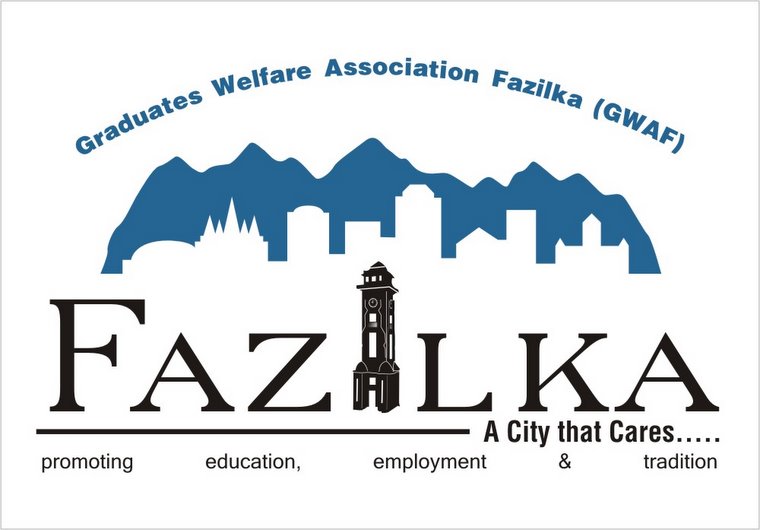Court on its own motion Versus State of Punjab & Ors.
CM-13783-CWP-2014 in CWP-7500-2010 (O&M);
along with CWP Nos.10655, 17530 & 18390 of 2010 (O&M)
******
Present: Ms. Reeta Kohli, Senior Advocate – Amicus Curiae with
Ms. Harpreet Athwal, Advocate
Mr. GS Wasu, Addl. AG Haryana
Mr. Aman Bahri, Addl. AG Punjab
Mr. Sanjiv Ghai, Advocate for MC Chandigarh
Mr. Aman Sharma, Advocate for PUDA
Mr. Chetan Mittal, Assistant Solicitor General with
Mr. Arun Gosain, Advocate for Union of India
Mr. Mohnish Sharma, Advocate for respondent No.17
Mr. Lokesh Sinhal, Advocate for respondent No.18
******
Having been apprised of the scope of work to be entrusted to the Traffic Advisor, even if such appointment is made in the Police Department, Mr. Asija has agreed to accept the offer made by the State of Punjab. As an abundant precaution, we clarify that assignment of Traffic Advisor given to Mr. Asija shall not remain restricted qua the activities in the Police Department only and he shall be at liberty to send recommendations/render advice to various other Departments, like the followings, who are equally involved in dealing with the cause of traffic management in the
State of Punjab:-
i. Department of Local Bodies;
ii. Department of Town & Country Planning;
iii. PUDA/GLADA;
iv. Department of Transportation;
v. Department of PWD(B&R);
vi. State Police/Punjab Police;
vii. Punjab Infrastructure Development Board;
viii. Punjab Infrastructure Regulatory Authority.
Mr. Asija may give suggestions with reference to the assignment given to him, on the next date of hearing.
As regard Gurgaon, counsel for HUDA and learned Additional AG Haryana undertake to file additional affidavit along with site plan as well as the imagination view of the proposed 16- lane road being constructed by HUDA and DLF. Post again on 14.08.2015.
Photocopy of this order be placed on the record of other connected matters.
(Surya Kant)
Judge
(Ajay Tewari)
Judge
15.05.2015



